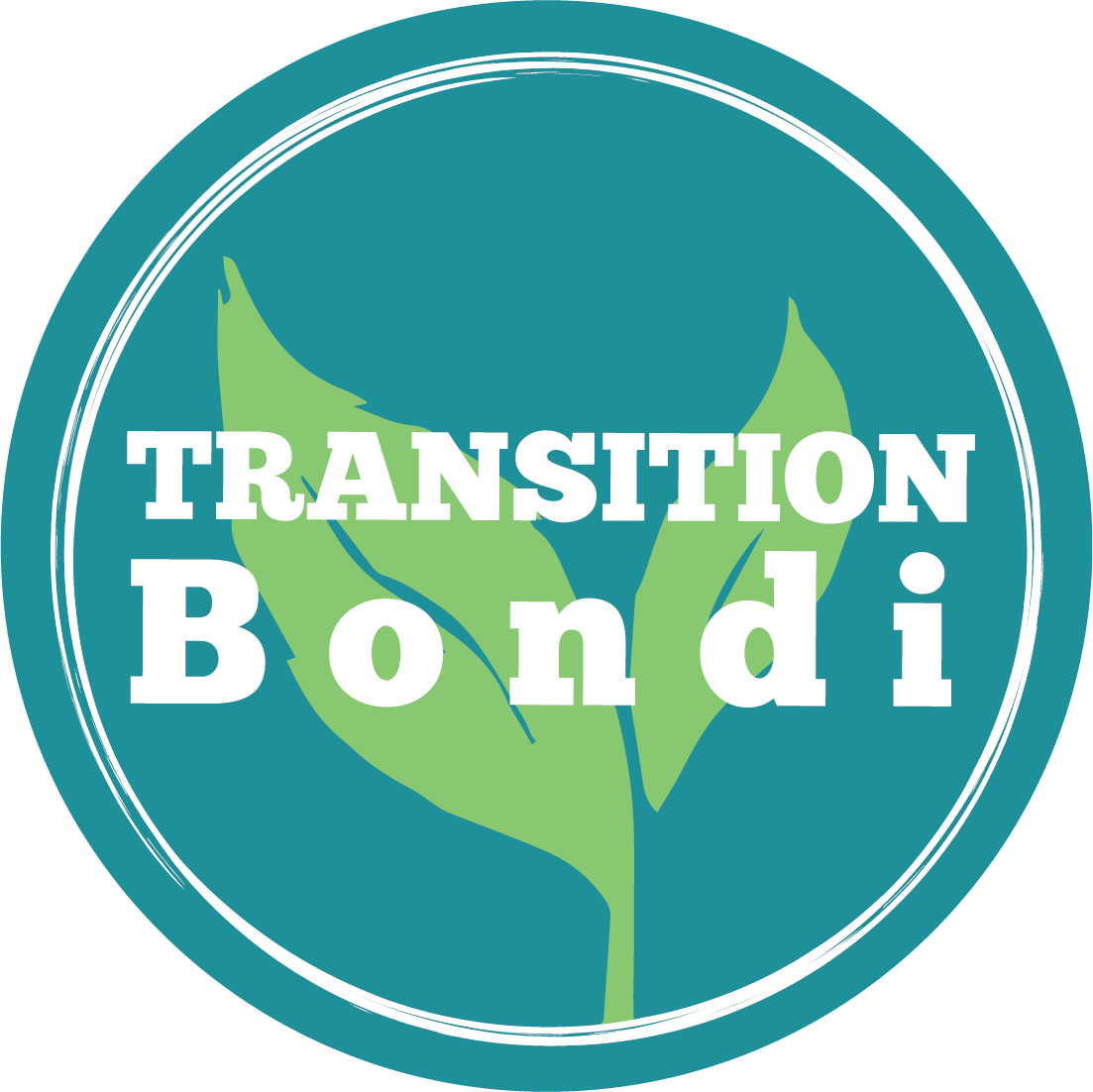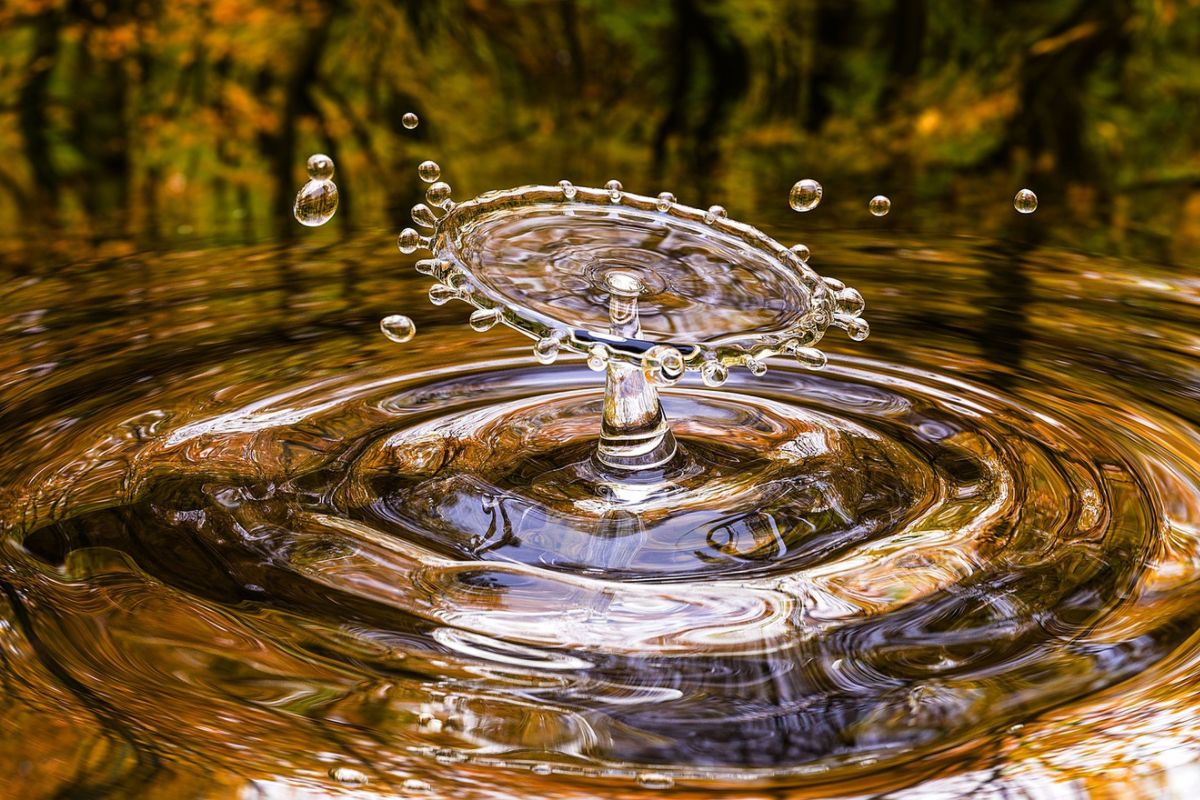Precious Water
Based on WATER PUZZLE event with Transition Bondi 3.3.22 Where does our water come from?
Table of Content
Where does our water come from?
Where does it go after we ‘use’ it?
Why are we running out of water?
What is our water footprint?
What to do?
Introduction
“Water is the source of life on earth. It is also the primary driver of global temperature and climate. Humanity’s increasingly abusive relationship with water has led us down the watershed death spiral, with drought, flood, and fire all increasing in frequency and severity. We can reverse this cycle, and ensure an abundant and productive future – by simply changing our relationship with water.
“Fostering our relationship with water leads us to participate more; how do we get people to care for it and value it more? Water underpins our welfare, culture and history.”
from Why Water? from “Water Stories”
Where does our water come from?
In our urban lives we are removed from the necessity to think, or care about water. Our water supplies are located far away, and the convenience of water being ‘on tap’ blinds us to the global crisis about water availability and quality.
We see it at a distance, and it is felt as a commodity.
It is not surprising to know that tap water travelled a long way to get to us, and is limited.
Water ‘coming out of the wall’ is a huge privilege and taken-for-granted convenience in our western urban lives; far from the long treks that women (mainly) make on foot to collect water in containers from a village well or a river, in less industrialised countries.
Listed, the sources and supply of water are many. And the total amount of water is steady, it doesn’t get lost or created within the Earth system, but it moves and changes form …. oceans, lakes, groundwater, snowfeed, aquifers, dams (human constructions) permafrost, glaciers and ice-caps, soils and all that lives in and on them, and the atmosphere.
But the supply of freshwater on Earth that we humans use for agriculture, industry and daily household use is a mere 3% of all the water that exists.
Where does it go after we ‘use’ it?
Of the water humans use, this is how it is portioned out:
- agriculture 70% (including deforestation)
- industry 20% (including transport)
- household 10%
In developed countries, we treat water before and after use. This is costly. And water is returned to the environment after use – no longer fresh and sweet but contaminated with chemicals, pharmaceuticals and other pollutants. In some cases it is not “directly” returned back to the environment where it was taken from. For example, in agriculture the water used to irrigate the crop can evaporate and end up in the atmosphere as water vapor, while in Sydney if you flush your toilet with the water coming from Warragamba Dam, the water will most probably end up in the ocean. Extreme weather events also contaminate the water. This affects the biodiversity on the land and in the soil.
Yearly in Sydney, we flush the volume of Sydney Harbour away into the ocean (sewage)!
Why are we running out of water?
Disruption of the water cycle is the cause of a lot of the issues to do with water.
Trees play a large part in the weather system. Trees are biotic pumps and water is the blood. When the system functions, trees bring rain. This is how the cycle goes:
Water evaporates from the sea and forms clouds. Clouds are formed by water molecules forming droplets around small particles that trees exude into the atmosphere. The droplets become rain, which soaks into porous soil (if it is covered with vegetation).
The water that isn’t absorbed by growing plants makes its way toward a river or sea, so it is ‘lost’ to human consumption. When trees are removed, this interrupts the water cycle, as the rain doesn’t form. (Trees also create a cooling effect through evapotranspiration of water from their leaves.)
Without trees, the land surface heats, which dries out the vegetation, leading to drought and ultimately wildfire. So we see fires following drought. When flooding rains eventually occur (due to the extra moisture held in the warming atmosphere) they damage the land that has been denuded by drought and fire. The excess water can’t soak into the drought-hardened soil, so it runs off, removing surface soil. This is part of the disruption of the water cycle.
In addition, trees that are waterlogged in floods also die as their root systems need oxygen.
What is our water footprint?
All cultivated and manufactured items that we use every day have a water footprint. A lot of water goes into making them:
Producing 1kg of wheat uses 1,800L of water. 1kg beef 15,000L. 1kg cotton 10,000L
A computer 28,000L. (https://www.watercalculator.org/)
What to do?
Once we understand the situation with water – the preciousness of the supply, the many ways that it is used and discarded, as well as the many ways that it can be re-used – we are in a position to use water thoughtfully, sparingly, and to put our minds to the bigger question about how do we not run out of freshwater?
On a domestic level and in urban areas, fixing leaks from pipes makes a big difference to the amount of water wasted. Choices about foods and clothing can be made with their water footprint in mind.
On an agricultural scale, land clearing needs to stop, water needs to be kept in the soil, rather than run off it. Farming practices can enhance this, by guiding the way water flows after rain by means of soil improvement and using the knowledge that can be gained by ‘reading the landscape’. Natural Sequence Farming, developed in Australia by Peter Andrews is an example of this approach.
We have more events to come on this topic, so stay tuned!
Go well with your water journey.
Further events
The next online workshops dates are 26/4/2022 and 17/5/2022. Feel free to share them with your friends and network! There will be a face to face event organised with Good Space later in April too. For more information, contact Mylene Turban at [email protected]
Transition Bondi is presenting an evening on Water Thurs 19 May, with Mylene Turban, Bhakti Devi (community water literacy activist in India), and Keeping water in the soil and Natural Sequence Farming of Peter Andrews.
Resources
Water Stories: an amazing podcast channel with inspiring speakers on water challenges and how to face them.
Water Calculator to calculate your water footprint (not as developed as carbon footprint calculator yet)
A short but complete video explaining the disruption of the water cycle

